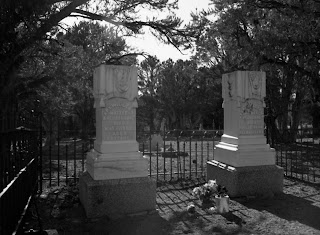
Perhaps the best way to look at Sand Mountain is as a giant sand box—and even adults get to play in it.
Located 32 miles east of Fallon on U.S. 50, Sand Mountain is actually a massive sand dune that rises about 600 feet above the surrounding desert floor.
The dune was formed from sand from the surrounding flats, which were once part of an ancient inland sea called Lake Lahontan. About 4,000 years ago, the lake dried up, leaving behind the sandy lake bottom.
Over centuries, the dried sand was blown against nearby Stillwater Range, accumulating into a huge mound.
In other words, Sand Mountain is a giant beach without the ocean.
Not surprisingly, the mountain and surrounding area has become a recreational play land.
The mountain is an off-roaders dream. Any day, the dune is dotted with specialized two, three and four-wheel motorized bikes and dune buggies skirting across its sandy surface.
The buggies and bikes race up the steep slopes of the mountain, sometimes appearing to be nearly vertical as they rapidly climb above the valley floor.
If they’re not powerful enough, they lose momentum and begin to fall earthward. But if they’re strong enough, they fly over the narrow ridge at the top of the mountain and descend down the backside.
Of course, if you don't own a sand-friendly vehicle, you can always try to bum a ride off one of the sand jockeys buzzing up the mountain—most are pretty amenable to passengers. The trip up the steep sides of Sand Mountain is at once breathtaking and a bit frightening.
The mountain has also become a haven for extreme athletes participating in the relatively new sport known as sandboarding. Basically, sandboarding is riding down the dune’s slopes on a smooth-bottomed sandboard at very high speeds—kind of like snowboarding on sand.
The mountain, in fact, has become so renowned for its speedy slopes that each fall some of the world’s most experienced sandboarders compete in the Sand Mountain Open. During recent events, boarders achieved speeds in excess of 45 miles per hour during some of their runs.
In addition to hosting all those sand-recreationalists, the mountain has certain other, unique qualities. For instance, it produces a booming sound when you walk on it (the sound is said to be a result of air being pushed through the sand by your weight) and at night when the wind blows across the sand the mountain is said to be singing.
According to some folk stories, the Native Americans who lived in the region believed the booming noise was made by the god of the dune and generally avoided it.
The Sand Mountain Recreation Area encompasses 4,795 acres and is managed by the U.S. Department of Interior, Bureau of Land Management.
Camping, including in RVs, is allowed in a designated area near the base of the mountain. Services are quite limited although there is a vault toilet and a solar-powered pay telephone near the highway (it’s billed as “the Loneliest Phone on the Loneliest Road”).
Visitors should bring their own water for washing and drinking. While fires are allowed, no wood is available (and there certainly aren’t any trees in the area).
Best time of the year to visit Sand Mountain is in the spring and fall (it can be a little hot and windy in the summer and cold and wet in the winter).
For more information about Sand Mountain contact the Bureau of Land Management, Carson City District office, 1535 Hot Springs Road, Suite 300, Carson City, NV 89706-0638, 775-885-6000.






